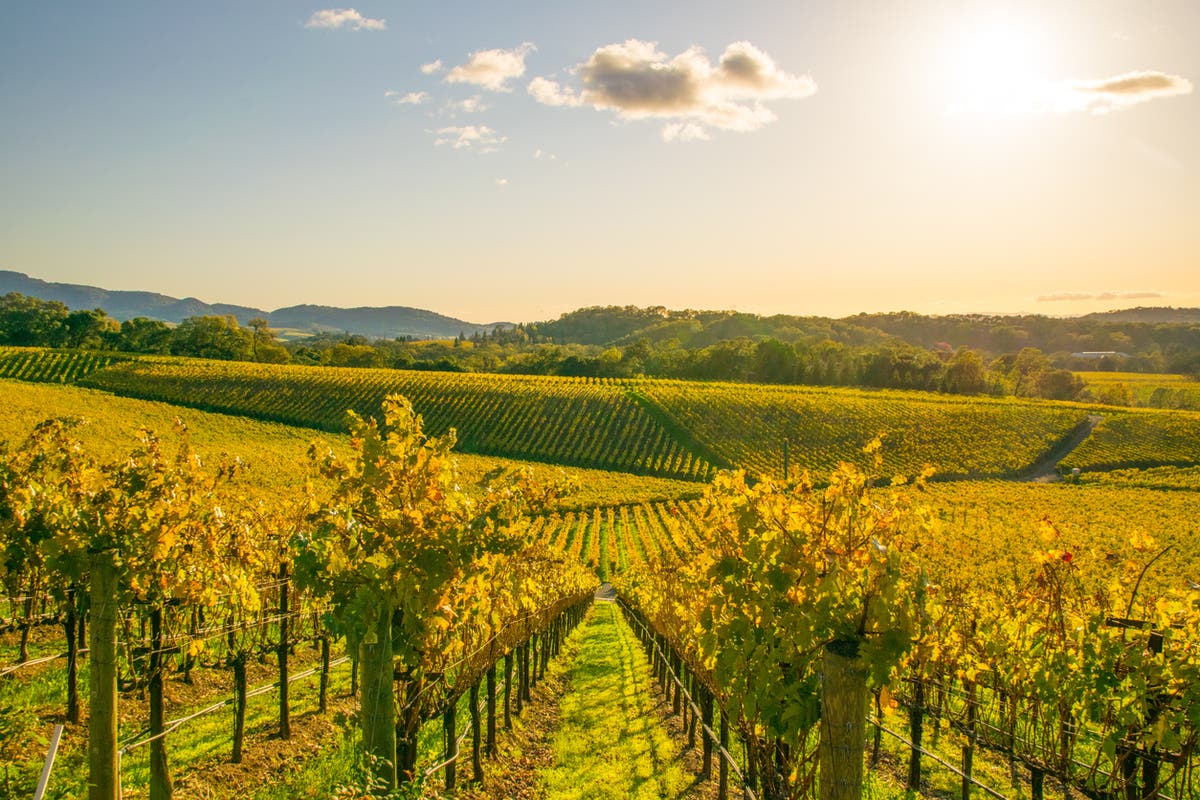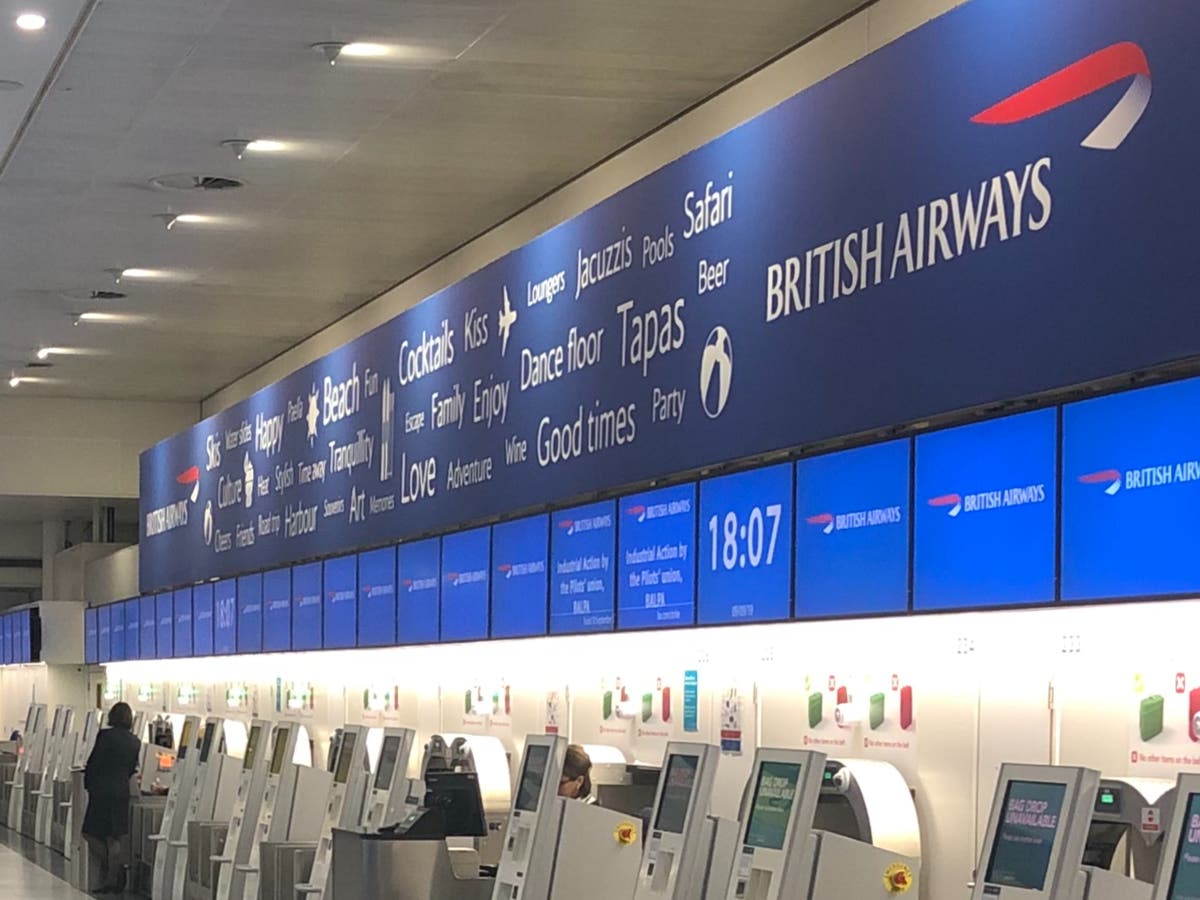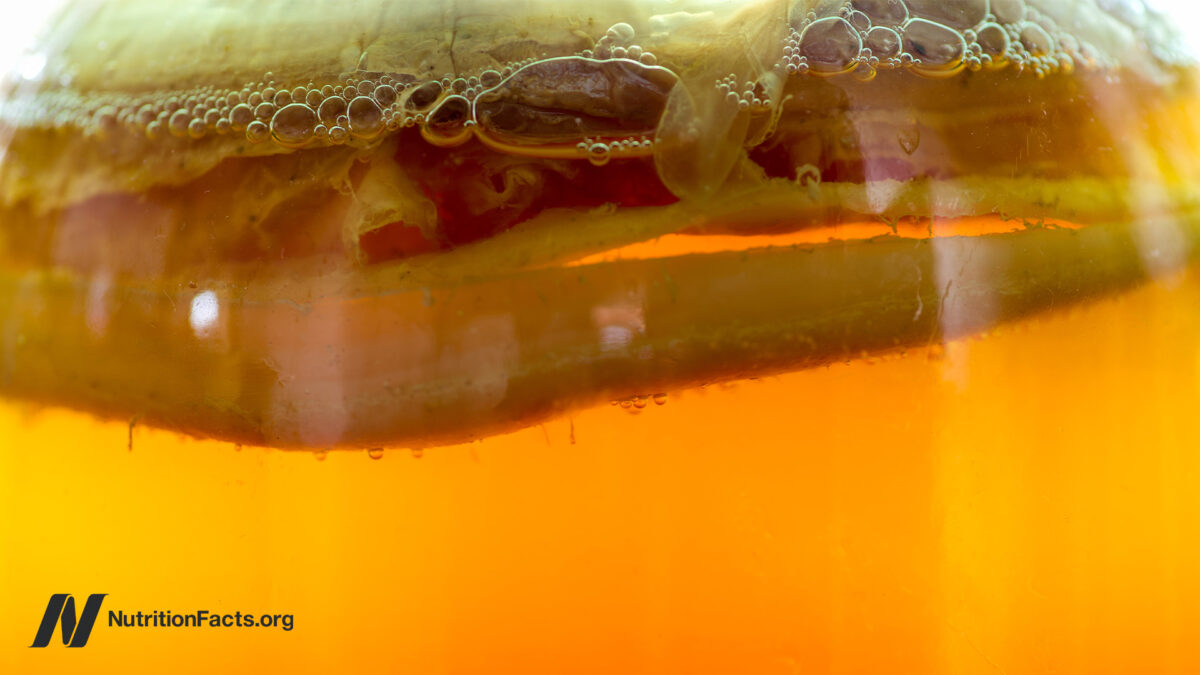8 of the best wine regions to travel to around the world
From sunny California to the Italian countryside, visit these grape-filled destinations for the best holiday tipples

Sign up to Simon Calder’s free travel email for expert advice and money-saving discounts
Get Simon Calder’s Travel email
With millions of people visiting wine regions every year to swirl, slurp and spit their way through a grape-fuelled holiday, enotourism is on the rise around the world.
From the wineries near the towering Andes to the famous vineyards of France, tourists are drawn to sample the world’s best and most renowned wines.
These destinations often combine temperate climates with magnificent scenery and charming villages with famous cities, so there are plenty of opportunities for exploration and discovery in between wine tastings, cellar tours and hillside meals.
Whether you prefer the port wines and the drastic slopes of the Douro Valley, the chateaux and reds of Bordeaux or the white wines and imposing mountains of New Zealand, the world’s foremost wine regions offer something to suit every taste. Read on for a selection of the best.
Bordeaux, France
Bordeaux is home to around 7,000 different wineries
(Getty Images/iStockphoto)
The Bordeaux wine region is named after the main city, though it covers parts of the Nouvelle-Aquitaine administrative region around the Gironde Estuary and the Garonne and Dordogne rivers. Divided into two main areas – the Left Bank and Right Bank – it’s said to be home to around 7,000 different wineries, many of which are famed for their production of red wines using merlot or cabernet sauvignon grapes.
Bordeaux is known as much for the elegant chateaux that produce the wines as it is for their tastes. Within the region, Saint-Emilion and Medoc are perhaps the most well-known areas, home to around 1,300 wineries between them.
Producers here range from the smaller, more humble family-owned variety to castle-like estates complete with on-site Michelin-starred restaurants. Examples of the former include Chateau Venus or Sigalas Rabaud, where your tour guide may be the owner and where a free, 30-minute tasting of four wines can be booked in advance. Chateau Lafaurie-Peyraguey falls into the latter camp, though there are (quite literally) thousands of options in between, offering anything from simple tours of vineyards and cellars to flights over the local area and tastings paired with tapas menus.
Read more on food and drink:
Napa Valley, California, USA
Napa Valley combines near-perfect weather and majestic scenery
(Getty Images)
Located around 60 miles from San Francisco, the Napa Valley is a comparatively young wine-producing region, and despite only producing 4 per cent of California’s wine, has developed into a popular enotourism destination thanks to its near-perfect weather and majestic scenery. One of the most striking features of the valley is the eclectic range of wineries, with Italianate villas such as the V. Sattui Winery sitting alongside chateau-esque estates like the Castello di Amorosa and quintessentially American properties such as Elizabeth Spencer.
Among the rolling green hills you’ll find more than 400 wineries, though even in built-up areas there are a series of ‘urban wineries’ – downtown tasting rooms that offer the chance to sample the produce of several different wineries at more convenient times and locations. The most used grapes are cabernet sauvignon, chardonnay and merlot, though the climate and soil make for a wide variety that also includes zinfandel and sauvignon blanc.
Access unlimited streaming of movies and TV shows with Amazon Prime Video
Sign up now for a 30-day free trial
Access unlimited streaming of movies and TV shows with Amazon Prime Video
Sign up now for a 30-day free trial
While there’s plenty extra to do in the area – from hikes and bike rides to golf or spa days – the sheer range of winery tours is the highlight of the region. Most are family-owned, but they cater for anything from first-time tourists and casual visitors to wine connoisseurs and those in search of upmarket experiences.
Douro Valley, Portugal
The Douro Valley is one of Portugal’s most renowned wine-producing regions
(Getty Images/iStockphoto)
The landscapes of Portugal’s Douro Valley are markedly different to those in many of Europe’s other wine-producing regions, with the Douro River running serenely through dramatic gorges and verdant hills housing numerous terraced vineyards. The region is most famous for the production of port, an EU-protected, fortified wine.
The cities of Porto and Vila Nova de Gaia are the gateway to the Valley, and Pinhao is the main city within it. Many choose to go on a river cruise as part of their trip, where you can have onboard meals before touring wineries (known locally as quintas). In this region, the vineyards provide panoramic views of the surrounding hills, fantastic dining experiences and charming accommodation options alongside the usual tours and tastings.
For some of the best views in the area, head to Quinta das Carvalhas or Quinta do Seixo. Dinner with a view is best enjoyed at Quinta do Crasto, with the tastings here and at Quinta do Tedo particularly affordable at around €16 (£13.70). Quinta da Pacheca is perhaps the most eccentric of the wineries, where guests can sleep in one of the giant barrels after their grape stomping and buffet dinner experience.
Tuscany, Italy
Tuscany is home to some of the world’s most notable wine regions
(Getty Images/iStockphoto)
Tuscany is as famed for its striking scenery as it is its wine production, and this truly is testament to the wine quality in a region that is among Europe’s most picturesque. A land brimming with sprawling vineyards, dense olive groves and impressive villas, this part of Italy is also blessed with a fascinating history, culture and cuisine, with cities such as Florence and Siena among the most visited in the country.
Tuscany is known as the land of chianti wines, with the most used grape being the sangiovese (though pinot grigio, trebbiano and others continue to grow in popularity). It is a more refined, traditional region where wine tastings and tours have a suitably rustic charm, whether you’re sipping chianti in 1,000-year-old Castello di Nipozzano or trying dessert wines on a terrace overlooking Florence’s Duomo at Tenuta di Capezzana.
Mendoza, Argentina
Mendoza is surrounded by the towering Andes
(Getty Images/iStockphoto)
Mendoza is the destination for Argentinian wine tourism, producing roughly 70 per cent of the country’s wine from around 900 different wineries (known in Spanish as bodegas). As wine regions go, this part of Patagonia is among the most remote, surrounded by the towering Andes and full of flat, verdant plains. Malbec is by far the most common grape, though you can find chardonnay, cabernet franc, merlot and criolla grapes too.
The main sub-regions include Maipu, Lujan de Cuyo and Valle de Uco, where the various altitudes (some nearly as high as 2,000m) and shelter of the mountains create the diverse growing conditions that have made the region so renowned.
Mendoza’s bodegas are among some of the most striking in the world, from the futuristic structures of Anaia and Alfa Crux to the European villas of Finca Desero and the modernist estate of the world-famous Salentein.
Some tasting and tour options are among the most laid-back on this list – offering wine tastings that cost as little as £8 – though there are also formal dining experiences where each course is paired with a particular tipple. For something on the cheaper side, try Vines of Mendoza or Santa Julia.
Rioja, Spain
Rioja traces its wine-making heritage back to Roman times
(Getty Images/iStockphoto)
A region within the eponymous Spanish province, Rioja traces its wine-making heritage back to Roman times. It is the country’s pre-eminent wine-producing region, dominated by red wines and the use of the tempranillo grape. At just over 90 miles long east to west, it is easy to fit in visits to several wineries during a visit.
The Cantabrian Mountains and Ebro River provide a beautiful backdrop to the vineyards in Rioja, which are dotted between quaint villages. When touring, you’ll see everything from the medieval walls and castles of Sajazarra to the dazzlingly modern structure of Marques de Riscal, the region’s most iconic building (designed by Frank Gehry, architect of Bilbao’s Guggenheim Museum). Said building is home to a particularly elegant hotel and has previously been voted as the world’s second best winery; a tour and tasting here costs a reasonable €22 (£19).
The seemingly pixelated metal roof of Ysios is another of the region’s most memorable architectural oddities (with a tour here costing around £30), while Bodegas Lecea provides an altogether different experience with tours of its 16th-century caves.
Marlborough, New Zealand
The Marlborough region accounts for three-quarters of New Zealand’s wine production
(Getty Images/iStockphoto)
New Zealand’s largest wine region is found at the northern tip of South Island and is defined by sauvignon blanc, though chardonnay and pinot noir grapes are also popular. The area’s natural beauty is reason enough to visit, with the sunken valleys of Marlborough Sounds offering a picture-perfect taste of the Pacific. It’s also part of the New Zealand Wine Trail, a 236-mile cycling route that takes riders through four of the country’s wine regions.
Marlborough is home to a comparatively small number of wineries – around 148 at last count – and only a select few provide tours and tastings, though the smaller number still offers a fantastic range, including some of New Zealand’s leading producers. Brancott Estate is the home of the region’s original sauvignon blanc, while Cloudy Bay is well-known as one of its oldest wineries. There are plenty of smaller, family-owned producers such as Hanz Herzog, while a little research will lead you to particularly scenic spots like the coastal Yealand’s Estate.
Yarra Valley, Australia
The Yarra Valley is around 90 minutes away from Melbourne
(Getty Images/iStockphoto)
Australia is home to several distinguished wine regions, with preferred location and wine styles the main factors behind choosing destinations such as Hunter Valley, Barossa Valley and the Margaret River. The Yarra Valley is a good choice for something a little more accessible, with close proximity to Melbourne; chardonnays, pinot noirs and sparkling wines are the highlights here.
There are said to be 160 wineries in the Valley, and the low prices of many of the tastings means that visitors can try several on their trip. Some are as low as A$5 (around £2.60) at Yering Farm, though even the middle ground here is just A$10 on estates including Many Hands, Maddens Rise and Coombe. There are often more laid-back food pairings too – think more pizzas and small antipasti rather than fancy red meat dishes.
Read our reviews of the best hotels in Europe

 KickT
KickT 
































